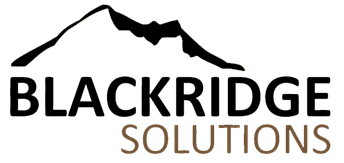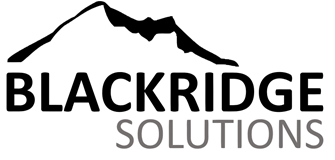remote locations. These solutions use technology to monitor the safety and well-being of lone
workers, providing peace of mind for both the workers and their employers. However,
implementing a lone worker solution is just the beginning. To ensure that the solution is
effective, it is important to evaluate it regularly.
Read on as we explore the ways to evaluate your lone worker solution.
Determine the Effectiveness of Your Lone Worker Solution
The first step in evaluating your lone worker solution is to determine its effectiveness. This
involves assessing how well the solution is meeting its intended objectives. For example, is the
solution reducing the risks associated with lone working? Is it improving the safety of lone
workers? Is it providing timely and accurate alerts when an incident occurs?
To evaluate the effectiveness of your lone worker solution, you can conduct a thorough review
of the data generated by the solution. This includes incident reports, usage reports, and
feedback from lone workers.
Conduct a Risk Assessment
A risk assessment is a critical part of evaluating your lone worker solution. It involves identifying
the potential hazards associated with lone working, assessing the likelihood of these hazards
occurring, and evaluating the severity of the consequences if they do occur. By conducting a
risk assessment, you can determine whether your lone worker solution is adequately addressing
the risks associated with lone working. If not, you may need to revise your solution to ensure
that it provides adequate protection for your lone workers.
Review Your Lone Worker Policy and Procedures
Your lone worker policy and procedures are the foundation of your lone worker solution. They
outline how lone working should be managed within your organization, including the roles and
responsibilities of employees, the procedures for monitoring and responding to lone worker
incidents, and the criteria for determining when lone working is appropriate. As such, you should
review your policy and procedures to ensure that they are up-to-date, comprehensive, and
aligned with best practices.
Assess Your Training Program
Training is a critical component of any lone worker solution. It ensures that lone workers are
aware of the risks associated with their work and equipped with the skills and knowledge to
manage these risks.
To assess your training program to ensure that it is effective. This includes reviewing the
content of the training, the delivery methods used, and the frequency and duration of the
training. You should also consider the feedback from lone workers to determine whether the
training is meeting their needs
Engage Your Lone Workers
Your lone workers are the primary users of your lone worker solution. As such, it is important to
engage them in the evaluation process. This includes soliciting their feedback on the
effectiveness of the solution, the adequacy of the training program, and the clarity and
usefulness of the policy and procedures. You can do this through surveys, focus groups, or one-
on-one interviews. By engaging your lone workers, you can gain valuable insights into how well
your lone worker solution is working and identify areas for improvement.
Conclusion
Evaluating your lone worker solution is critical to ensuring the safety and well-being of your lone
workers. By assessing the effectiveness of your solution, conducting a risk assessment,
reviewing your policy and procedures, assessing your training program, and engaging your lone
workers, you can identify areas for improvement and ensure that your lone worker solution is
providing the protection your lone workers need. Regular evaluation of your lone worker solution
is essential to ensure that it remains effective over time
.
Are you interested in lone worker safety solutions? BLACKRIDGE Solutions is here to minimize
and alleviate all safety risks for businesses and their employees. Contact us today to learn more
about our work. [email protected]










 RSS Feed
RSS Feed